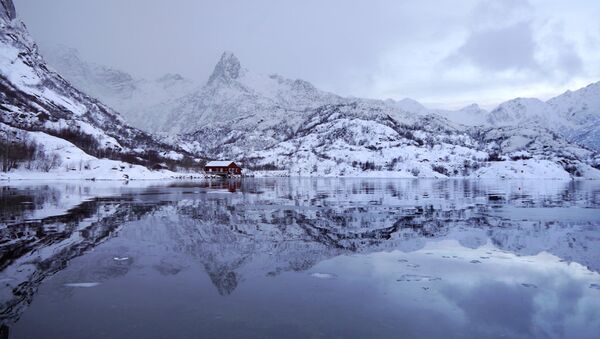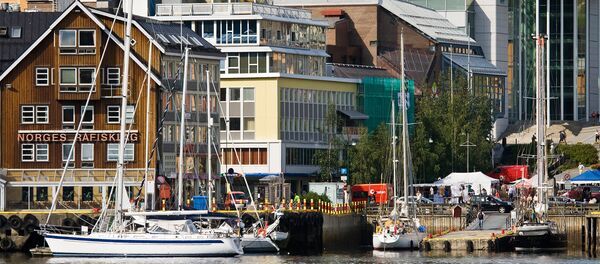"There are really a lot of explosives left behind, so we need a comprehensive plan to remove them, and here is where the NATO force will step in, Are Ølberg, the commander and liaison officer in Norway's Armed Forces, told Norwegian broadcaster NRK.
According to Are Ølberg, the places that are earmarked for investigation have earlier been mentioned in historical accounts of WW2, captain's logs or witness reports.
"It may also be possible that fishermen or others have made various discoveries in the area," Ølberg pointed out.
The mine-sweeping maneuver commenced at 10 o'clock on Monday at the port of Hammerfest, located just south of the North Cape. After two weeks of activity, ships will call in at the port of Trondheim, whereupon the search along Norway's coast will continue.
Kätköilyä upealla näköalalla. #Hammerfest #Geocaching pic.twitter.com/Otrr6TH1Gn
— Teemu Tuomarila (@tstuom) July 7, 2016
Earlier, a government report estimated the bitter WW2 legacy: 200,000 metric tons of explosives still lie scattered in Norway and its waters, posing both health risks and environmental hazards. Remarkably, most of the abandoned explosives (up to 80 percent) are expected to be buried at sea.
In April 1940, German forces invaded the neutral Scandinavian country of Norway. Germany stationed approximately 300,000 troops in the country, which at the time had a population of only three million people. Conventional armed resistance to the invasion ended in July the same year, and Norway remained under German rule until the capitulation of the German forces in Europe in 1945.





